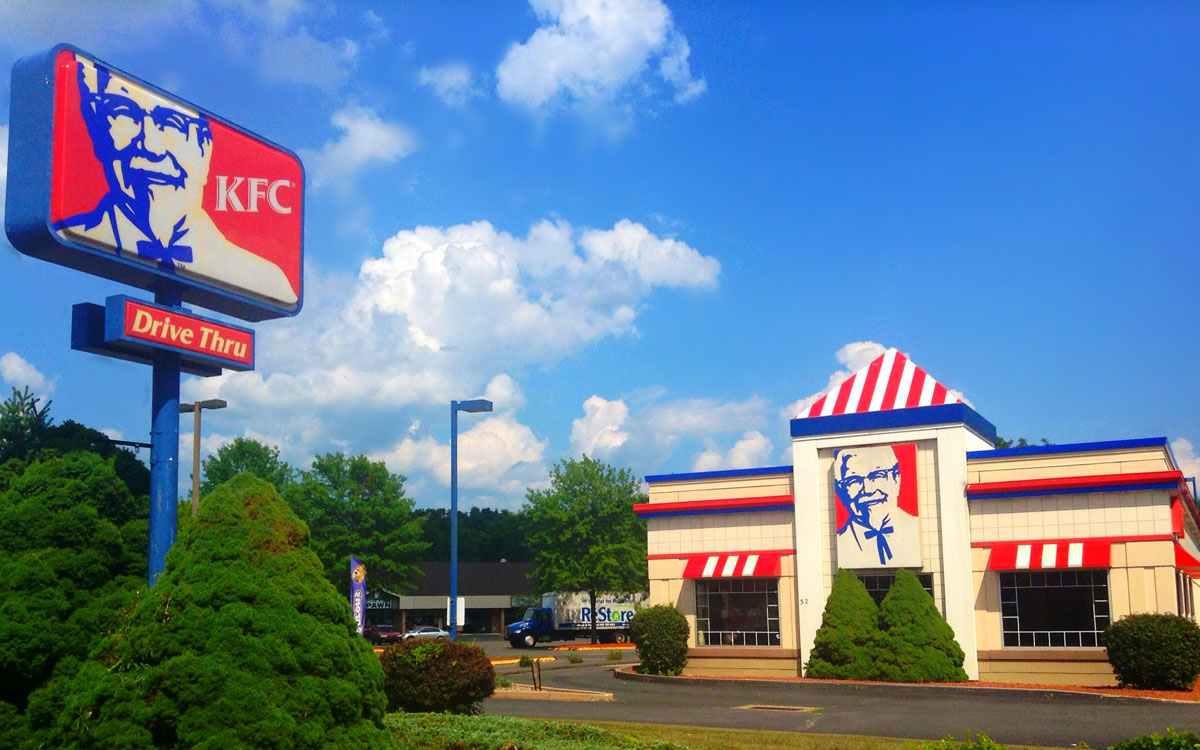The restaurant industry is not only in the public eye constantly but faces a range of unique issues that pose risks to the reputations of companies and their brands. These issues can quickly reduce top-line revenues, drastically increase operating and capital costs, and challenge a business’ commercial viability. Because the peril of economic harm is so great, managing risks to reputation needs to be an enterprise-wide effort, not merely a marketing task. Because reputation risk is so complex, an ounce of preventative enterprise risk management is worth much more than pounds of marketing.
Risks abound. Issues with suppliers and food handling could affect quality and safety. Cultural changes, foreseeable or unforeseeable, can shift opinions regarding such things as obesity, GMOs and the ethical treatment of food sources, over which companies have little control. And all have the potential to build into tornado-force storms that can destroy companies’ reputations.
When things go awry, particularly in the case of well-known regional or national brands, the media is quick to pounce and amplify the issue. And when stakeholders hear negative news related to food products, it causes fear and represents a major gap between their expectations and real-life experience.
Consider, for example, the series of E. coli, norovirus and Salmonella outbreaks linked to Chipotle Mexican Grill’s food in 2015. Company sales dropped 30 percent by December 2015, and the chain’s reputation as a provider of safe, healthy, responsibly sourced meals was damaged.
Stakeholders expect safe foods and a failure to meet those expectations can be costly. Companies without preemptive strategies in place may see tangible impacts on revenue, sales, market cap, brand value, customer/investor relationships and their ability to attract and retain talent.
To ensure effective strategies are in place, companies may need to accept a new definition of reputational risk. Often, reputation is considered a media issue and placed in the marketing department. But reputational risk is not a marketing problem; it is an enterprise-wide risk that needs to be managed and mitigated with enterprise risk management solutions. Media coverage and social media attention, while traditionally considered the primary gauge of reputation, is, in fact, merely a means of amplifying information related to corporate failures to meet stakeholder expectations.
Earlier this year, some KFC locations ran out of chicken. The company had to close more than 80 percent of its U.K. and Ireland-based restaurants for several days after changing shipping companies and having the new carrier fail to fulfill their expected deliveries on time. KFC promptly issued an apology on Twitter using self-depreciating humor, walked back the contract award, and restored supply to its restaurants.
Management’s quick action, applauded by investors and governance experts, saved a situation that could have turned into a reputational disaster. In the month following KFC’s U.K. and Ireland closures, Yum! Brands, the company that owns the restaurant chain, as well as Pizza Hut and Taco Bell, saw an increase in market cap and net earnings well in excess of the overall S&P.
KFC’s near disaster is an example of how negative media coverage only makes a difference—amplifying the news and accelerating reputational and financial damage—when there’s a gap between stakeholders’ expectations and actual performance. In KFC’s case, stakeholders understood the issue, appreciated the company’s response and no lasting damage was done to the brand’s reputation. The shipping company that failed to deliver, however, suffered significant financial consequences. Stakeholders expect shipping companies to live up to their promise to deliver products on time and have little tolerance for failure.
This is why building defenses and managing stakeholder expectations ahead of any crisis is so important. When reputation is treated as an enterprise-wide risk, and not a marketing issue, clear expectations can be set through clear analysis of reputational risks and the use of third-party warranties, such as reputation insurance products, that attest to the soundness of the companies’ practices, approach and governance. It builds trust in management, the companies and their products; serves as insulation against financial impacts when crises hit; and quells the fears of the average stakeholder, giving them confidence in the company. It’s much the same as the underwriting process for property insurance in tornado country; it validates the town’s system of alerts, storm shelters and building codes—giving residents and visitors peace of mind.
Other materially risky commercial sectors have long seen how insurances can head off fear and reinforce a story of safety. In the late 1800s, insurance products helped stakeholders shed their fear of steam boilers, which had developed a bad reputation for exploding. In the 1930s, Federal Deposit Insurance helped stakeholders shed their fear of bank failures.
Having an equally compelling, accurate and affirmative story—pre-positioned, simple to understand and completely credible—in place at the outset will help companies in the restaurant business counteract quality and safety misinformation and encourage stakeholders to give them and their leadership the benefit of the doubt. Reputational tornadoes will hit, but when and where they do is often unpredictable. We know with certainty, though, that the damage they cause is something companies can do something about.













